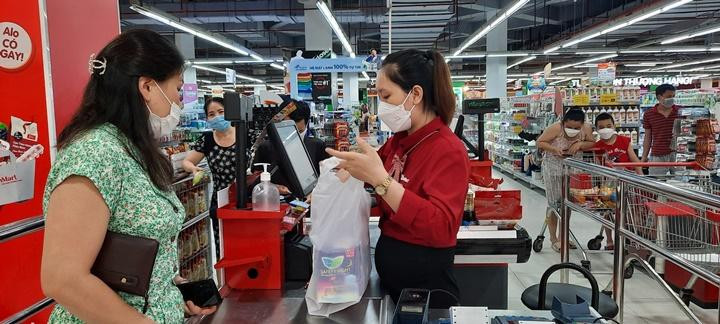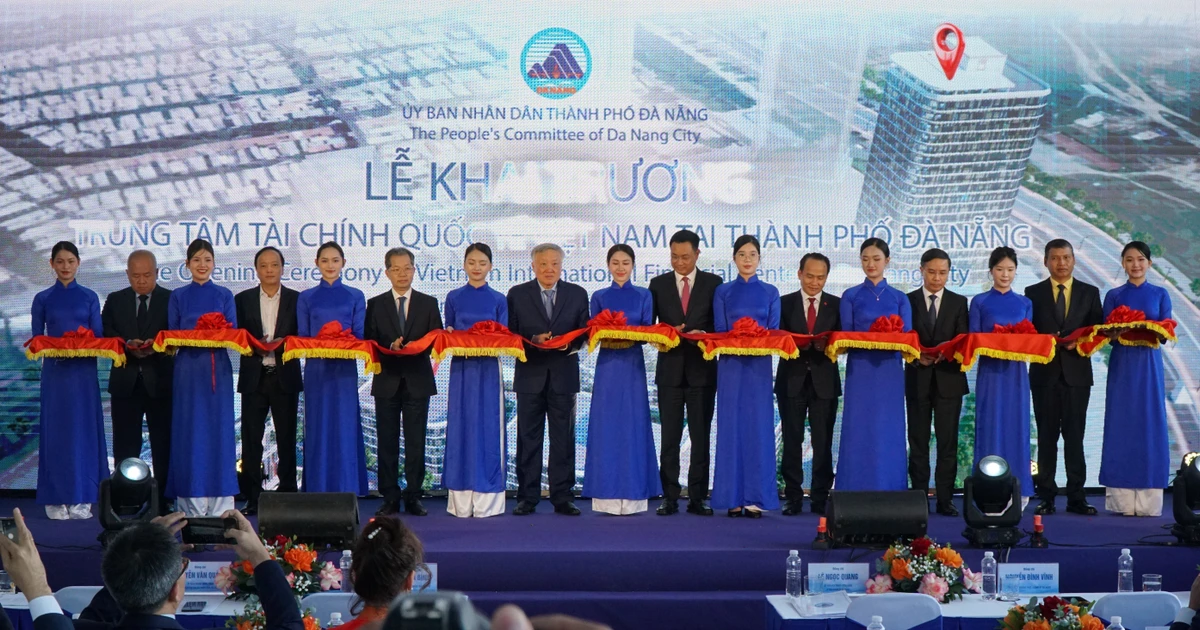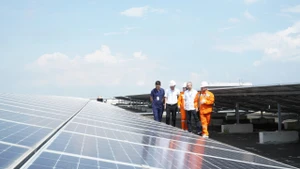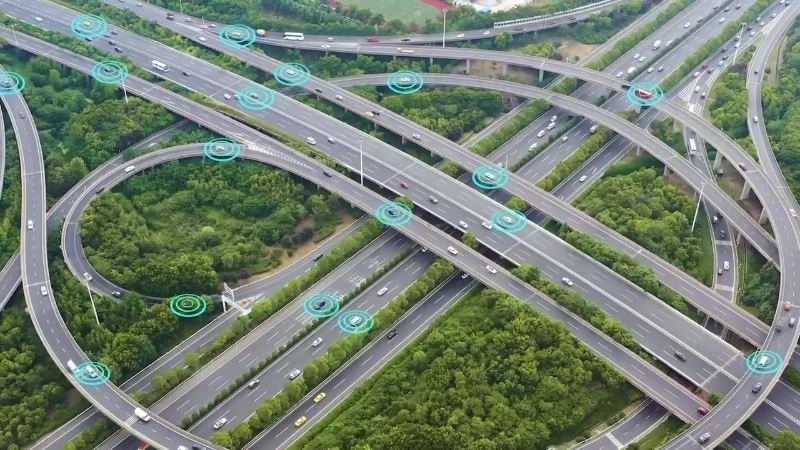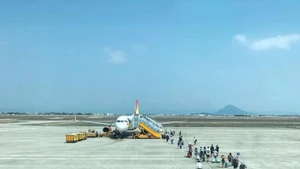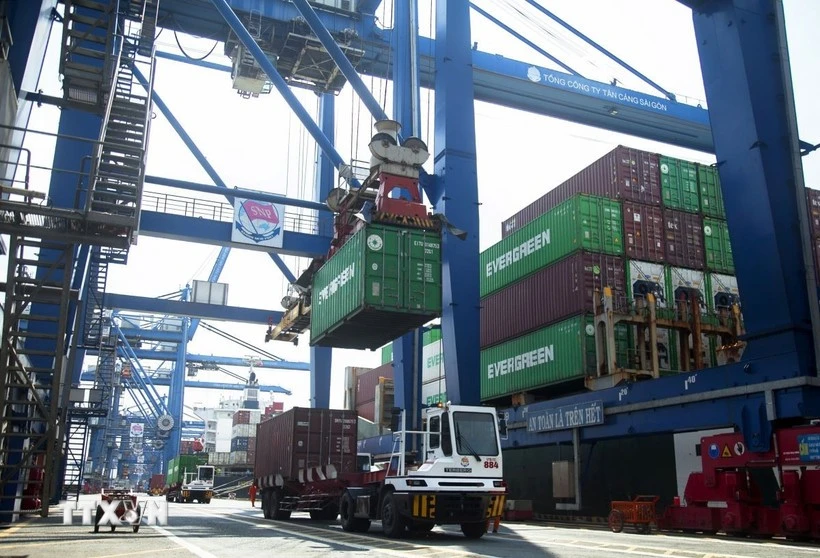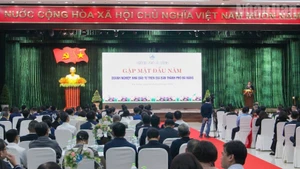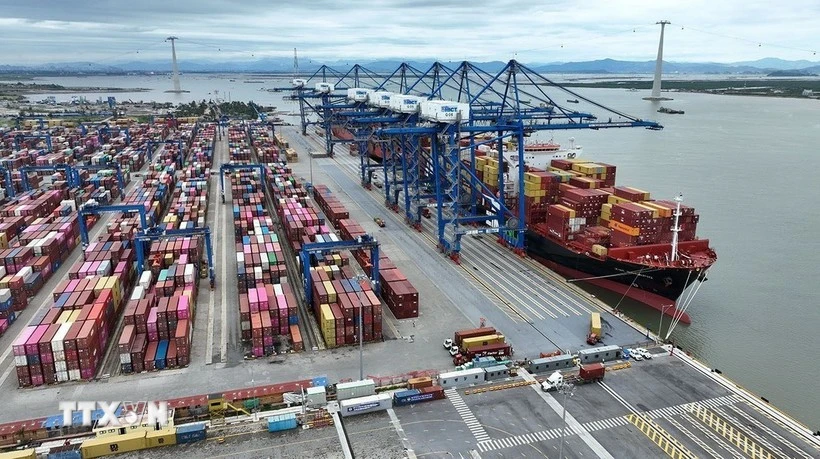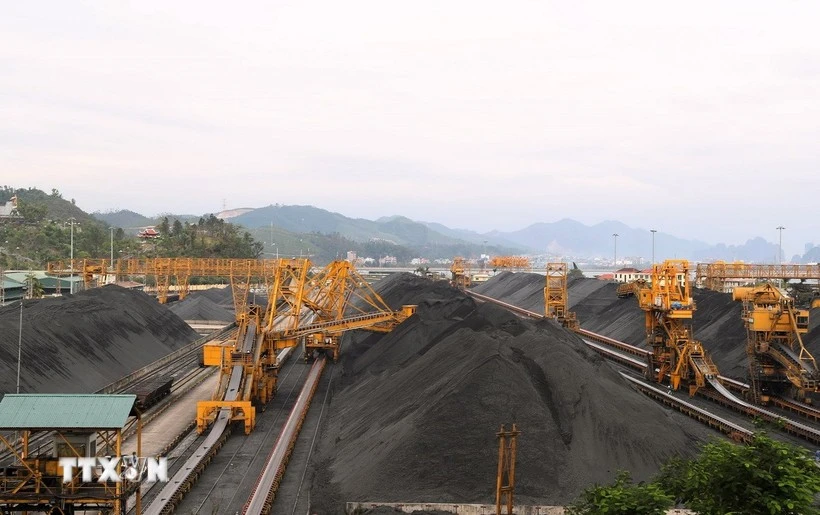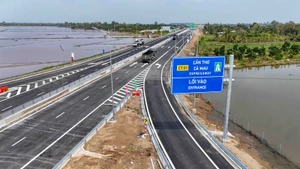Prime Minister Pham Minh Chinh stated at the government’s cabinet meeting that though the government has done a good job in reining in inflation in the first eight months of the year, the pressure of high inflation is very high from now until the year’s end.
“We must continue implementing core tasks in macroeconomic monitoring as the world situation remain difficult and quite complicated, with risks of very high inflation,” PM Chinh stated. “Inflation must be controlled closely, and we must formulate different scenarios on economic growth and inflation, as well as major balances of the economy until the year’s end.”
Actions
In a bid to stabilise market prices and support enterprises and people, and control inflation, the Ministry of Finance and Ministry of Industry and Trade on September reduced the petrol price in the local, with the price per littre going down from 24,660 VND (1.072 USD) to 24,230VND (1.053) for of the RON95-III petrol, from VND23.720 (1.031 USD) to 23.350 VND (1.015 USD) for the E5 RON 92 petrol.
So far this year, the petrol price has experienced 23 price revisions including 13 increases and nine decreases, and one kept unchanged.
According to the General Statistics Office (GSO), the continued reduction of petrol prices have contributed to easing the inflation pressure significantly in the coming time, should there will be no resumed increase in such prices.
In fact, the inflationary pressure eased significantly in August on the back of the government’s efforts to shrink fuel prices.
The consumer price index (CPI) expanded slightly by 0.005% in August against July – also the lowest increase of August during the past five years. The CPI in August climbed 3.6% as compared to December 2021 and 2.89% against the same period last year.
On average, the CPI increased 2.58% on-year in the first eight months of this year, meaning the inflation pressure was subduing remarkably thanks to government efforts at reducing petrol prices from the beginning of August.
Trimming down fuel prices on August 1, 11, and 22 altogether reduced petrol prices by 14.52% and diesel oil prices by 12.9% as compared to the previous month. This caused a 5.51% drop in the price index of the transport service group.
The reduction in transportation service prices contributed to paring down the CPI in August by 0.53 percentage point, said the GSO.
Such decreases in petrol prices have caused a reduction in prices of many indispensable items in the local markets. For example, at a number of supermarkets in Hanoi, prices of cooking oil, prices, and salt have gone down by 5-10%. Specifically, the price of soybean cooking oil reduced from 146,000 VND (6.34 USD) to 125,000 VND (5.43 USD) per 2-littre bottle, and that of ST25 rice from 119,000 VND (5.17 USD) to 108,000 VND (4.7 USD) per 3-kilogramme bag.
Prime Minister Pham Minh Chinh last week required management agencies to increase the control of prices of goods and services in service of people and enterprises, so that inflation can be kept at below 4% this year as set by the National Assembly.
The Ministry of Finance forecast the CPI this year at 3.37-3.87% while the GSO projected 3.4 – 3.7%.
Positive expectations
According to global analysts FocusEconomics, price pressures are easing in Vietnam.
“Our panel projects the headline reading to average below the government’s 4% target this year, peaking in the fourth quarter due to higher food prices and a rebound in domestic activity. Our panelists expect inflation to average 3.7% in 2022, and 3.8% in 2023,” FocusEconomics said. “Price pressures are likely to persist throughout the year, as private consumption and investment accelerate. Moreover, the rising prices of key commodities on global markets - especially agricultural products - will boost inflation as well.”
Nevertheless, forecasts for interest rate hikes by the State Bank of Vietnam (SBV) and the anticipated slight appreciation of the dong should offset this somewhat, and FocusEconomics’ panelists forecast average inflation for 2022 well below the government’s 4.0% target.
Also, the International Monetary Fund (IMF) in July said that Vietnam’s headline inflation is projected at 3.9%, and core inflation at 2.3% by end-2022, citing that higher fuel prices will weigh on 2022 headline inflation both directly and through spillovers from energy intensive sectors to the rest of the economy.
Meanwhile, Standard Chartered Bank said its economists see inflation at 3.0% year on year in August in comparison to 3.2% in July and believe it is under control for now. Price pressures may increase in the second half of 2022 and 2023; in addition to supply-side factors, demand-side factors might kick in more strongly.
Standard Chartered Bank expects the SBV to stay vigilant against financial instability. The central bank plans to keep this year’s credit growth target at 14%, despite calls to raise it to ease cash-flow bottlenecks in the property market, according to SBV Governor Nguyen Thi Hong.
Banks may face greater liquidity risks on excessive lending to the real-estate sector – while 94% of property loans have maturities of 10-25 years, 80% of banks’ deposits are short-term. Vietnam’s credit growth has accelerated this year; it picked up to 9.4% year to date and 16.7% on-year in the first half of this year, according to SBV.
The Asian Development Bank (ADB) also stated that in Vietnam, trade continued to expand in the first eight months of 2022, and domestic mobility, manufacturing, and consumption rapidly recovered. But the economy faces challenges from a deteriorating external economic environment triggered by the aggressive monetary tightening of advanced economies and growth moderating in China.
“On balance, however, the growth forecast is maintained at 6.5% for this year and 6.7% for next year. Vietnam’s inflation forecasts are maintained at 3.8 and 4% as food production, once external demand is met, will remain ample,” the ADB said.
| Despite the challenging global environment, the baseline outlook for Vietnam’s economy remains favourable. Reflecting low base effects, GDP is expected to grow by about 7.5% in 2022 and 6.7% in 2023, as economic activity continues to normalise. Despite strong growth, the economy will not return to full potential in 2022. Growth drivers are expected to pivot from external to domestic demand, and from manufacturing to services. The recovery of services - so far, a laggard - is expected to pick up as consumers satisfy pent-up demand and foreign tourist arrivals rebound. In contrast, industrial production is expected to moderate as external demand weakens. Inflation is projected to accelerate to 3.8% in 2022, as higher energy and input prices pass through to prices of final products. Given continued second round effects, inflation is expected to rise further to 4% in 2023, before subsiding to 3.3% in 2024, as the supply shock dissipates. On the external side, the current account is expected to return to small surpluses (0.2-0.6% of GDP) in the medium term thanks to resilient goods exports, a recovery of foreign tourism, and strong remittances. Inflation risks are also pronounced. While inflation so far seems to be driven by external supply factors, persistent price increases could cause inflation expectations to rise and feed into destabilising pressures on nominal wages and production costs. From the demand side, stronger domestic demand and especially the continued recovery of consumption could further compound price pressures. Higher than expected and more persistent inflation could in turn impair the recovery, especially of private consumption and investment. In this context Vietnam’s policymakers confront the difficult task of balancing the need to provide continued policy support to solidify the recovery with the need to contain emerging inflation and financial risks. High uncertainty means that policies will have to remain responsive to the pace of the recovery both in Vietnam and the rest of the world and vigilant to inflation and financial risks. Source: World Bank |
